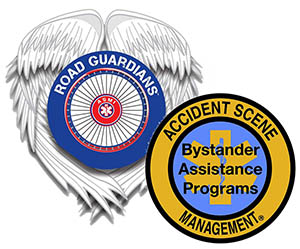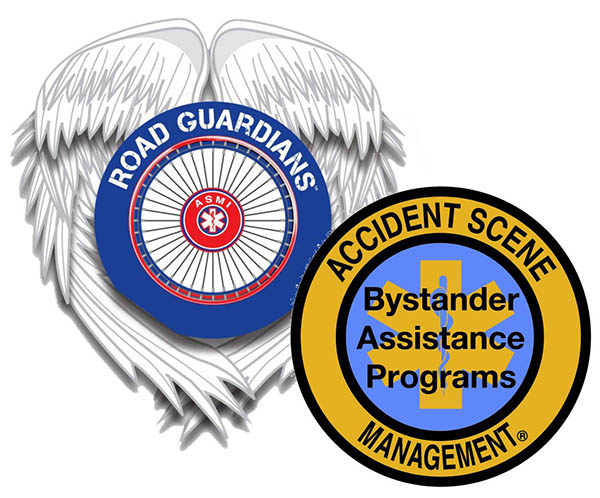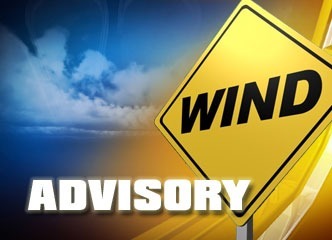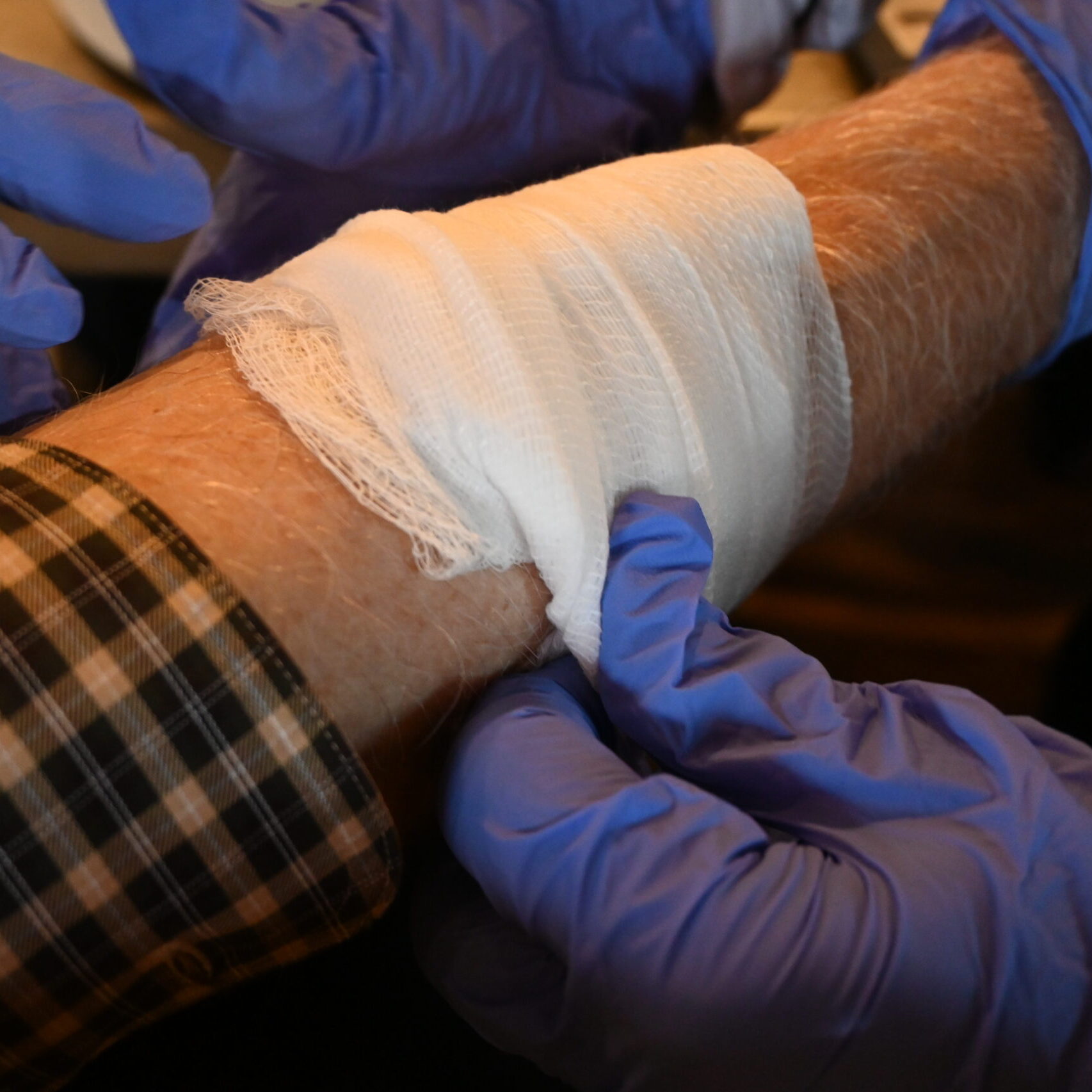
Staying warm when the weather gets cold can be a challenge for motorcyclists
Staying warm when the weather gets cold can be a challenge for motorcyclists. We are not only dealing with the physical outdoor temperature but there is no getting away from the effects of wind chill, sunshine, and wet vs. dry weather. For instance: do you know that sunshine makes a difference of 15 degrees in perceived warmth? Wetness wicks warmth away so while wetness can be a good thing in the heat of the summer, dry clothing is essential for comfortable cool temperature riding.
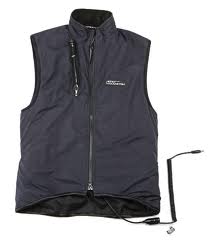 Wind chill can make the biggest difference of all. To see a chart or explore wind chill factor with a calculator go to The NOAA has put out a “New” wind chill chart which rates the wind chill as less of a factor than shown in the “Old” wind chill chart, but as any long time rider will tell you, it feels more like the old wind chill! As a rule, traveling over 40 mph does not make much difference as far as wind chill is concerned. There is also very little effect regarding the wind chill of temperatures over 70 degrees and above. For instance: Going 40 MPH when it is 70 degrees feels like 68 while going 40 mph when it is 40 degrees outside feels like 27 degrees.
Wind chill can make the biggest difference of all. To see a chart or explore wind chill factor with a calculator go to The NOAA has put out a “New” wind chill chart which rates the wind chill as less of a factor than shown in the “Old” wind chill chart, but as any long time rider will tell you, it feels more like the old wind chill! As a rule, traveling over 40 mph does not make much difference as far as wind chill is concerned. There is also very little effect regarding the wind chill of temperatures over 70 degrees and above. For instance: Going 40 MPH when it is 70 degrees feels like 68 while going 40 mph when it is 40 degrees outside feels like 27 degrees.
As gas prices increased, the motorcycle season increased as well and people tend to ride regardless of the weather. Personally, I am always prepared.  One saddlebag has all of my wet weather riding gear (and tools) and the other has my cold weather riding gear (and more tools). One item I would not be without regardless of whether I’m dealing with wetness or cold is what some people call “Elephant Ears”. These are leather or vinyl protectors that snap on my engine guards. They cut down on wetness and air that scoops up from the front of the bike and it helps to keep my feet warm and dry. While my leather jacket provides a degree of wind-breaking capacity, when it is particularly chilly my rain jacket adds a layer and aids in blocking the wind. I can add the rain pants with boot protectors (sometimes referred to as “Gators”) if desired. In the saddlebag with warm clothes are Thinsulate gauntlet leather gloves, chaps, neck warmer, balaclava, heated vest & hooded sweatshirt. I prefer to layer so I have many options for staying cool or warm. Layering is an essential skill.
One saddlebag has all of my wet weather riding gear (and tools) and the other has my cold weather riding gear (and more tools). One item I would not be without regardless of whether I’m dealing with wetness or cold is what some people call “Elephant Ears”. These are leather or vinyl protectors that snap on my engine guards. They cut down on wetness and air that scoops up from the front of the bike and it helps to keep my feet warm and dry. While my leather jacket provides a degree of wind-breaking capacity, when it is particularly chilly my rain jacket adds a layer and aids in blocking the wind. I can add the rain pants with boot protectors (sometimes referred to as “Gators”) if desired. In the saddlebag with warm clothes are Thinsulate gauntlet leather gloves, chaps, neck warmer, balaclava, heated vest & hooded sweatshirt. I prefer to layer so I have many options for staying cool or warm. Layering is an essential skill.
As your body temperature decreases so does your ability to think and act quickly. A preoccupation with being uncomfortable can also slow your reaction time. Layering without becoming too bulky to move efficiently is something all motorcyclists strive to master. You need 3 layers: Wicking Layer, Warm Layer, and Wind breaking Layer. Typically your leather jacket can act as two of these layers (warmth and wind-breaking). The shirt underneath should be specially designed to wick perspiration or be loose-fitting cotton. Long sleeves will help keep the wind from blowing up the sleeves and your gauntlet  gloves will aid with that as well. Personally, I would not be without my heated handle grips. Even with gloves on it helps to keep my hands warm. If I keep my hands and the core of my body warm I’m 75% comfortable. You can lose a great deal of body heat from your head and neck area so a neck warmer and a helmet will help to keep that heat in. Wool socks and a good pair of riding boots will keep your feet warm and dry.
gloves will aid with that as well. Personally, I would not be without my heated handle grips. Even with gloves on it helps to keep my hands warm. If I keep my hands and the core of my body warm I’m 75% comfortable. You can lose a great deal of body heat from your head and neck area so a neck warmer and a helmet will help to keep that heat in. Wool socks and a good pair of riding boots will keep your feet warm and dry.
All of these cold-weather riding tips aside I would like to caution you on riding on pavement that has frost or ice on it. There is no safe way to ride on two wheels when the pavement is slippery. Even if the sun is out and it appears there is dry pavement you will need to consider shaded areas as potentially dangerous. Coming into a curve and hitting a shaded area with ice can happen without warning and even the most skilled rider could end up face down on the pavement. Wet pavement can be slippery but frost and ice are even more slippery!
Ride safe and keep the rubber side down.
Author – Vicki Sanfelipo, RN – Director ASM/Roadguardians
